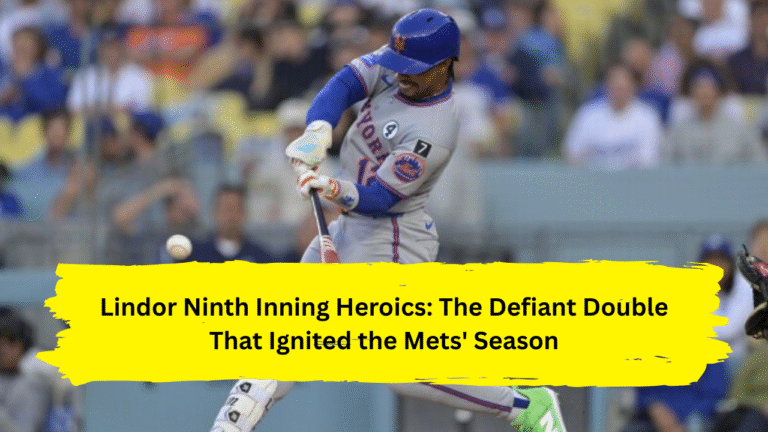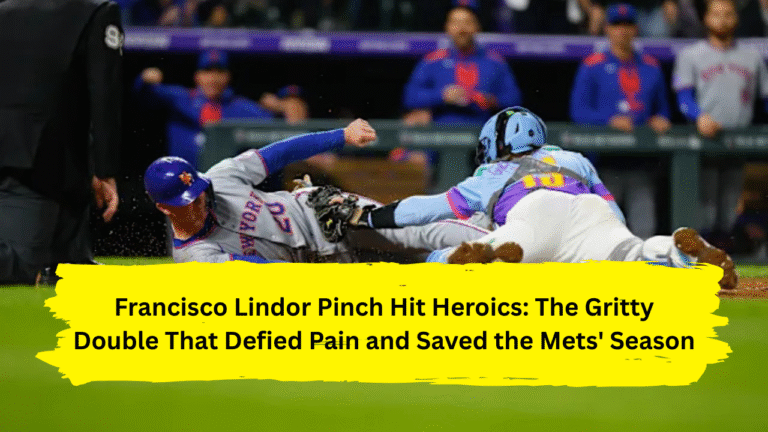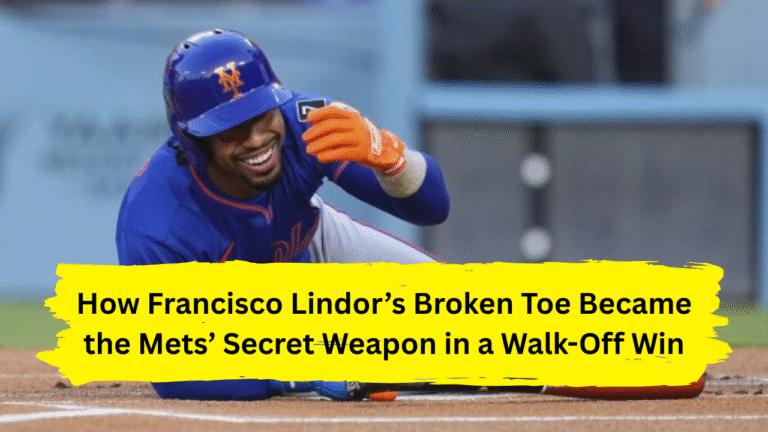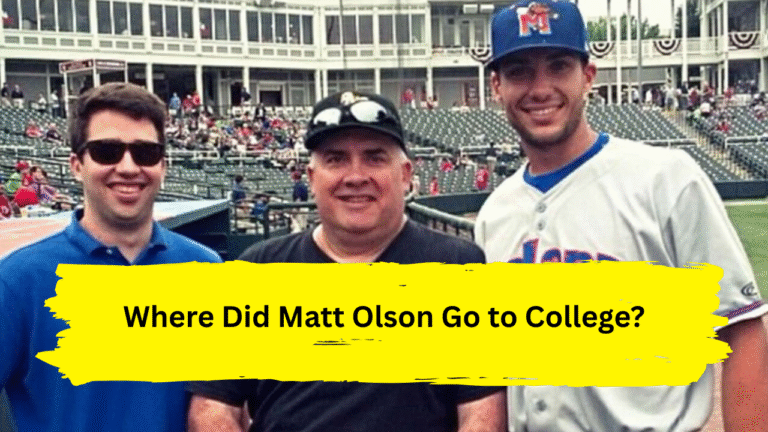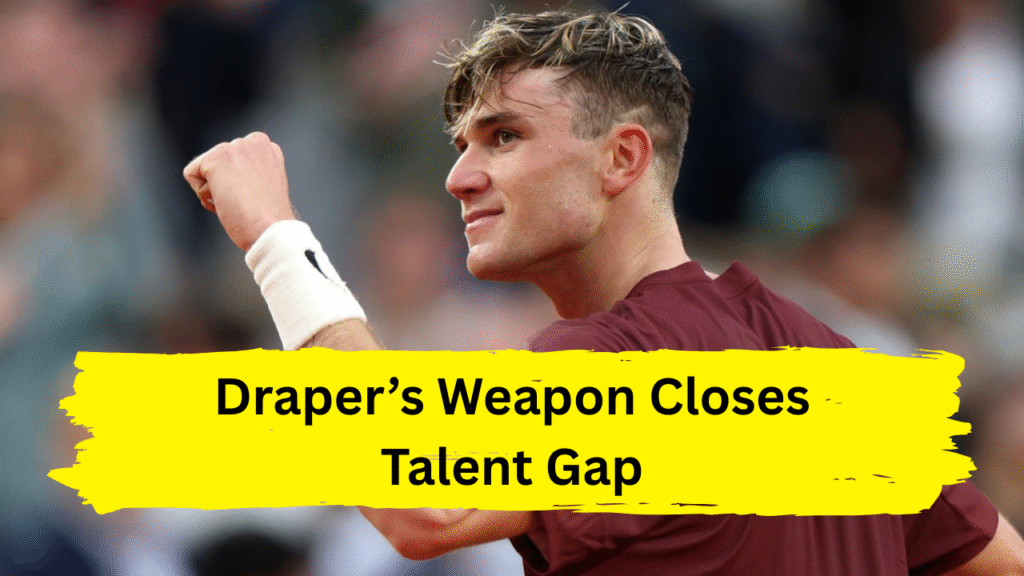
Jack Draper’s heartbreaking French Open loss to Alexander Bublik wasn’t just a missed quarter-final—it was a missed shot at measuring his progress against Jannik Sinner. Discover how Britain’s rising star plans to bridge the gap to tennis’ dominant duo. His grass-court weapon might just be the key.
The scoreboard at Roland Garros told a brutal truth: Alexander Bublik 6–2, 4–6, 6–4. Jack Draper walked off Court Philippe-Chatrier, his face etched with frustration. This wasn’t just about losing a fourth-round match. It was about missing the chance to face world No. 1 Jannik Sinner—the very benchmark he’s chasing in his quest to join tennis’ elite tier .
If you’ve followed Draper’s meteoric rise this past year—from Indian Wells champion to British No. 1—you’ll understand why that loss stung so deeply. For players like him, Grand Slams are laboratories. They reveal how close you are to solving the puzzle of rivals like Sinner and Carlos Alcaraz, the twin titans who’ve split the last five majors between them . Draper’s dream of testing his evolved game against Sinner in Paris evaporated in the June heat. But his reaction afterward? A blueprint for what comes next.
The Bublik Reality Check: Why This Loss Haunts Draper
Let’s be honest: losing to the world No. 62 at a major should feel like a step backward. But Draper’s anguish wasn’t about rankings—it was about lost intel. As he confessed post-match, facing Sinner would have given him the ultimate progress report: “It’s really difficult not to get the opportunity to assess my level over five sets against Jannik” .
Consider the stakes. Sinner and Alcaraz aren’t just winning Slams; they’re redefining the sport’s physical and mental thresholds. Draper knows his numbers pale in comparison: just 168 Tour-level matches to Sinner’s 356 and Alcaraz’s 300. His words post-defeat? A mix of raw honesty and steely resolve: “I’m a long way behind those boys. I still have lots to learn” . Yet beneath that humility lies conviction. Twelve months ago, he crashed out in the French Open first round to a qualifier ranked 176th. Now? He’s ranked No. 5 globally—a staggering leap powered by his Indian Wells title and Madrid final run .
The Experience Chasm: Why Matches Matter More Than Talent
Here’s where Draper’s challenge crystallizes. Tennis isn’t just about thunderous serves or whipped forehands—it’s about crisis management. And that only comes from time in the trenches. While Sinner and Alcaraz have weathered 30+ Grand Slam matches each, Draper’s Grand Slam breakthrough at the 2024 US Open was his first deep run . Greg Rusedski, Britain’s former world No. 4, frames it perfectly: “Draper is on the cusp—he has to keep doing what he’s doing. Sinner and Alcaraz have been consistently healthy and consistently rising” .
Draper’s 2025 season proves he’s closing the gap. His 19–3 record pre-clay season showcased a game built for modern tennis: brutal first-strike tennis blended with feline court coverage. But majors demand something else—the ability to win ugly over two weeks. At Roland Garros, Bublik exposed that remaining flaw. One stat says it all: Draper converted just 2 of 11 break points. Against Sinner or Alcaraz? That inefficiency becomes a death sentence.
The Fitness Revolution: How Draper Built a Body for War
Rewind to the 2024 US Open semi-final. Draper vomited on court against Sinner—a moment many blamed on anxiety. But he’s since clarified: “I found out it was to do with the fact that I was taking lots of painkillers for an injury. That wasn’t the anxiety” . That match became a turning point. Draper realized that to bridge the Sinner Alcaraz gap, he needed a body as resilient as his mind.
His transformation since has been staggering. Gone is the player who averaged four mid-match retirements per season. In his place stands an athlete who outlasts opponents in brutal three-set finals. His training now prioritizes injury-resistant movement and explosive recovery—traits that let him thrive in back-to-back Masters events. As Rusedski notes, 2025 marks Draper’s first fully healthy season. That consistency is his foundation. Without it, even genius shotmaking can’t topple the tour’s twin peaks.
The Grass-Court Gambit: Where Draper’s Arsenal Shines
Now comes the surface where Draper’s weapons turn terrifying. Grass simplifies his mission: dominate serves, crush forehands, repeat. As Annabel Croft, former British No. 1, explains: “The shorter, sharper points will suit him and the leftie serve—which has so much variety—helps him achieve that. It swings out wide on the ad side, he can swing it into the body, the kick away from a right-hander is a nightmare” .
Draper’s 2024 Stuttgart title proved he can weaponize grass. But Wimbledon? He’s never passed the second round. This year feels different. As a top-5 seed, he avoids Sinner or Alcaraz until the later stages. More importantly, his game now has the tactical layers grass rewards. Watch how he uses slice backhands to skid balls ankle-high, or how his return position shifts aggressively to rob opponents of time. These nuances—honed over 18 months of trial and error—could make him unstoppable.
The Mental Metamorphosis: From Anxiety to Assurance
Remember Draper’s “vomit gate” in New York? It sparked endless chatter about his mental fragility. But his response reveals a player reborn: “It’s weird—when I’m on the tennis court, it’s probably the place I’m least anxious” . That self-awareness fuels him now. Where young Draper might have unraveled against Bublik’s trick shots and audacious drop volleys, 2025 Draper adjusted. He lost, but didn’t collapse.
This mental shift mirrors Andy Murray’s evolution a decade ago. Draper now speaks like a man who trusts his process: “I think I’m working hard, I’m doing the right things, and we’ll see” . That quiet confidence terrifies rivals. Pressure at Wimbledon? He reframes it as fuel: “Dealing with expectation when you’re playing well is quite easy because you use the crowd to support you” .
The Road Ahead: Wimbledon as the Proving Ground
So, how does Draper truly bridge the Sinner Alcaraz gap? By treating Wimbledon not as a test, but a statement. His decision to skip Stuttgart’s title defense—opting for practice and Queen’s—signals his intent: “I’ll be happy to get on a faster surface and one I’m much more comfortable moving on” .
Picture this scenario: Draper using his grass-court weapon of a serve to blast through the first week, then facing Alcaraz in a quarter-final. Win that, and he’s not just chasing Sinner and Alcaraz—he’s joining them. As Croft notes, his lefty angles on grass are “every kind of serve you can imagine” . That’s the edge no amount of experience can teach.
Conclusion: The Bridge is Being Built—One Serve at a Time
Let’s return to that empty Roland Garron court. Draper’s disappointment wasn’t despair—it was hunger. Hunger for data. Hunger for proof. Hunger to stand across the net from Sinner and measure his progress swing for swing.
The gap between Draper and tennis’ twin kings isn’t unbridgeable—it’s a canyon he’s already crossing. With his body finally resilient, his grass-court artillery primed, and his mindset hardened by near misses, Wimbledon 2025 offers his defining moment. As Rusedski declared, he’s “on the cusp.” Now, with Centre Court’s grass beneath his feet and a nation’s hope at his back, Jack Draper won’t just chase Sinner and Alcaraz. He’ll force them to glance over their shoulders—and see him coming. The bridge is built. All that’s left is to cross it.
Also Read: Latest Trending News

